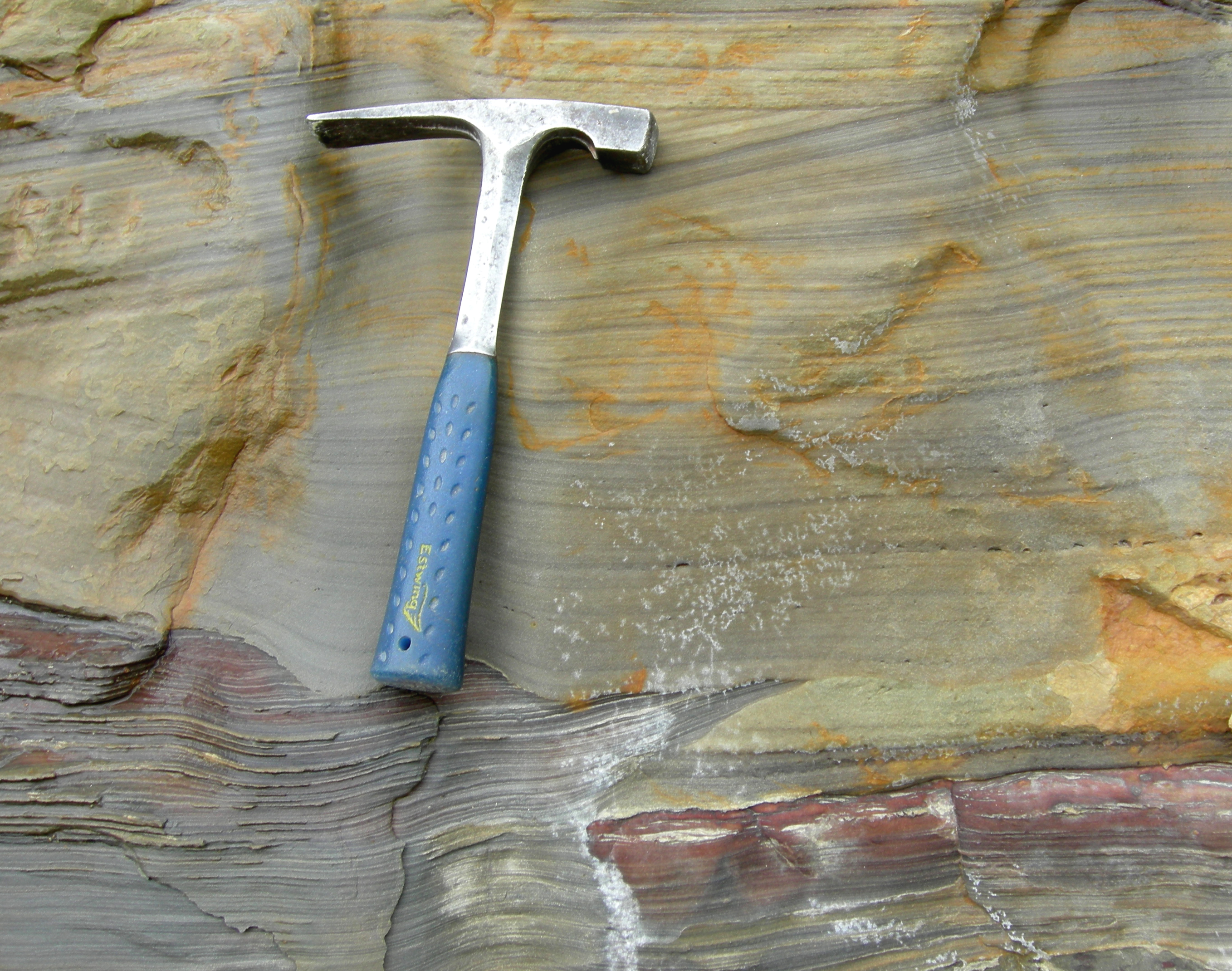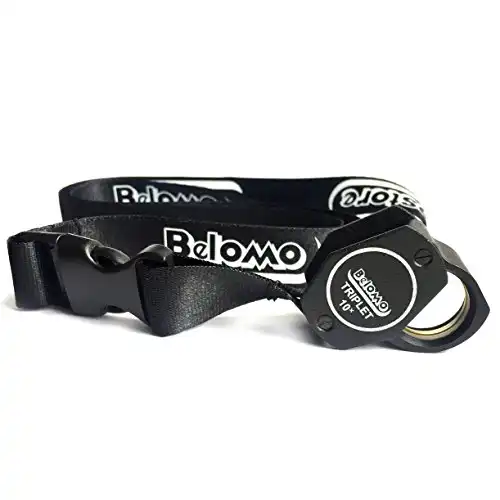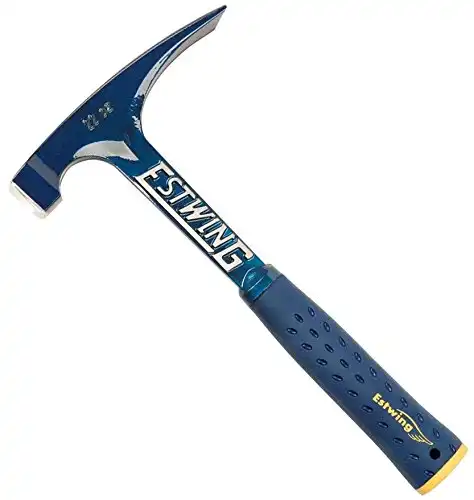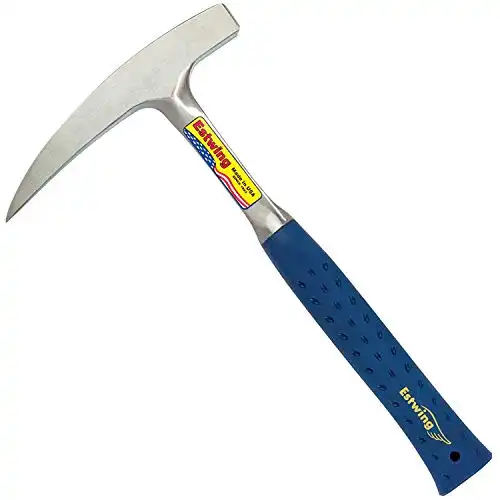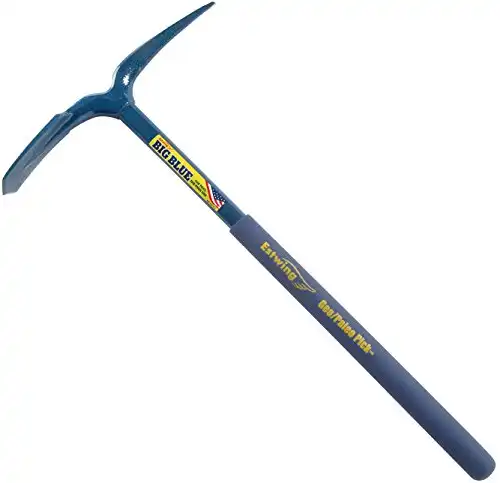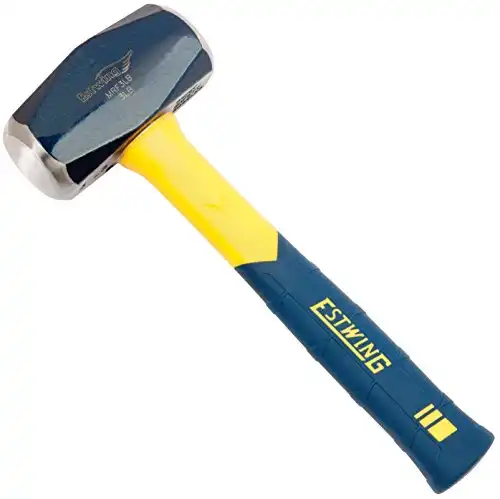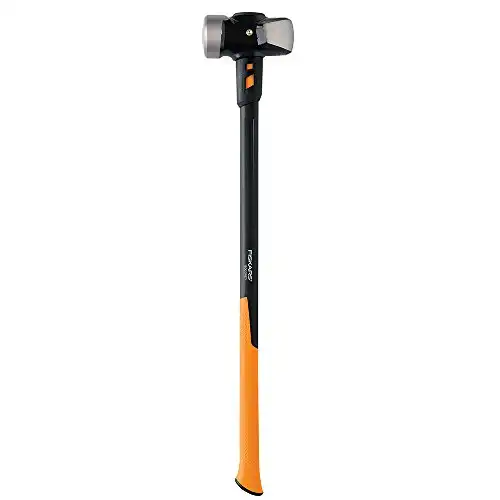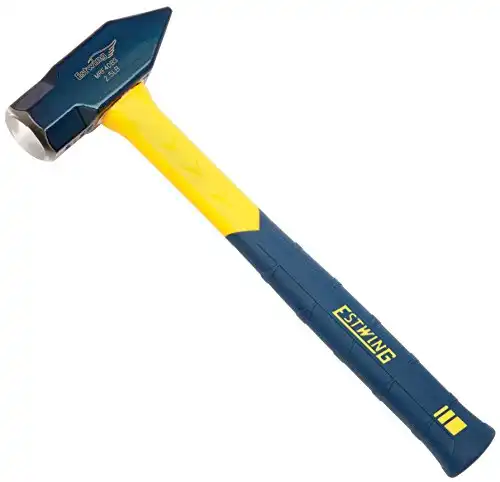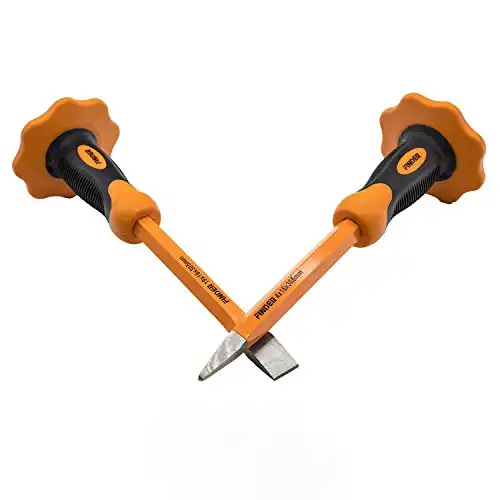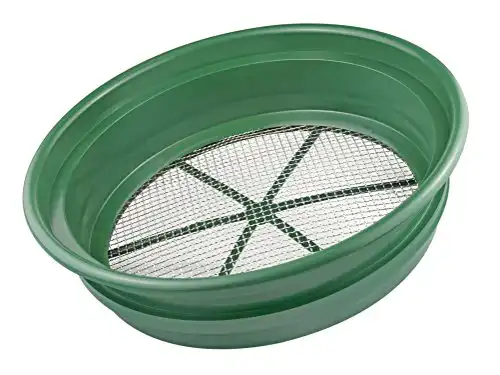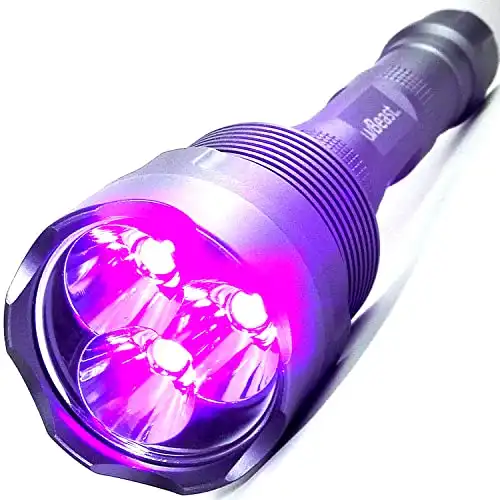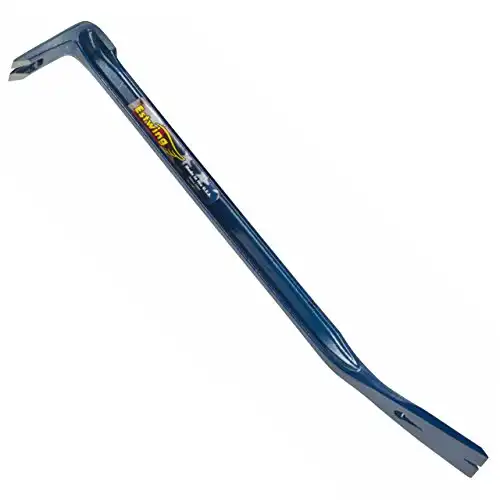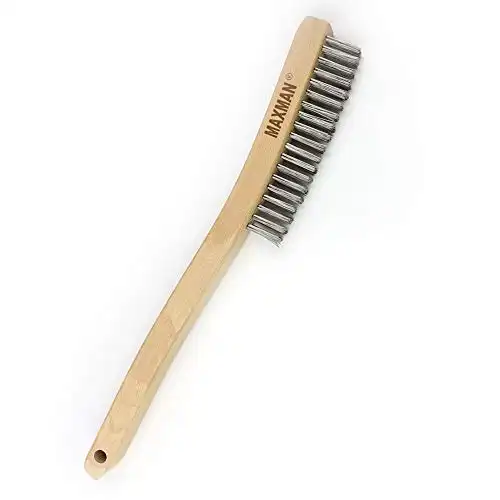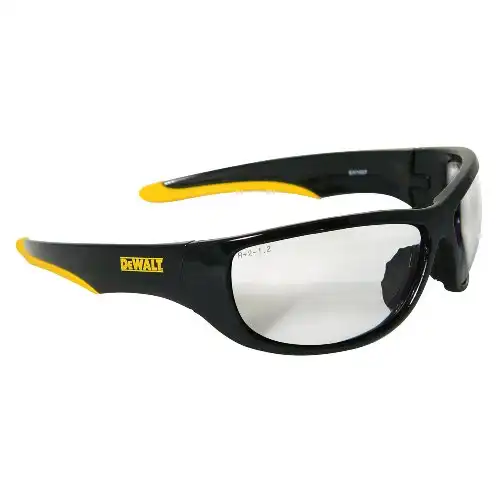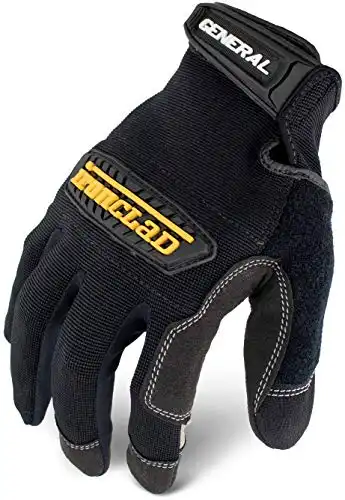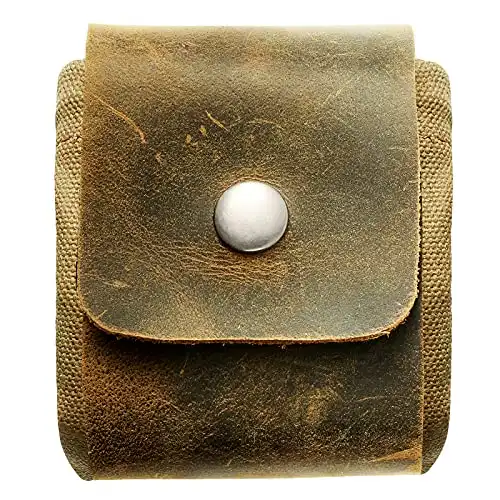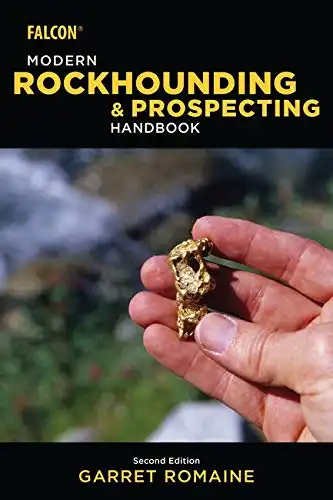Rock collecting can be as simple as walking into your backyard and picking up any rock that’s unique and special to you. That’s rockhounding at its most basic level…and no doubt how most of us got started in this hobby! No tools required.
But as we become more involved in this hobby, it becomes increasingly difficult to find the exact rock or mineral specimen we’re after by using only our hands. No longer are we able to just walk outside and pick it up off the ground. Now we travel great distances and rely heavily on various rockhounding tools and special rockhound supplies to help us locate our geological treasures.
In this article I’m sharing with you a list of rockhounding tools that you will want to add to your rockhounding kit.
This list of rockhound tools is long, so I’ve narrowed it down to not only the best equipment you should consider adding to your rockhound tool kit, but also the most essential rockhound tools to own.
A List of Basic Tools Needed For Rockhounding
- Jeweler’s Loupe
- Rock Hammer
- Rock Chisel
- Screen
- Black Light for minerals
- Pry bar
- Brushes
- Safety Goggles
- Gloves
1. Jewelers Loupe
A hand lens, or jewlers loupe, is an important tool for any rock collector. The hand lens, or magnifier, will come in very handy when you decide you want to identify a rock, mineral or fossil sample. And they are relatively inexpensive. That’s why I placed them at the top of the list.
For a closer look at reviews of some of the best jeweler’s loupes, take a look at my post, The Best Jeweler’s Loupes For Rockhounds.
The hand lens will help you see details in tiny crystals, microscopic fossils and much more that you normally wouldn’t be able to see with the naked eye. Hand lenses are typically available in a 7x through 30x magnification power. A hand lens with a 10x or 20x magnification power should be a strong enough lens for novice rockhounds.
Garrett Romaine, Author of The Modern Rockhounding and Prospecting Handbook explains in his
Rockhounds frequently use hand lenses to determine if they are looking at quartz or calcite by estimating the angles of the crystal faces they see.
Gold panners use hand lenses to inspect black sands for garnets, tiny particles of gold and other things.
Fossil diggers use a hand lens to look for tiny fossil skeletons in limestone as well as inspect cell structure in leaf fossils. They also use them to look at foraminifera, which are tiny microscopic fossils that are not visible by the naked eye.
Meteorite hunters use hand lenses to look for a fusion crust, flow lines and other surface clues.
2. Rock Hammers
There are many different kinds of rock hammers out there. There’s literally a different hammer for every facet of rockhounding. Hammers for smashing, prying, chipping and cracking. With that said, you definitely want to choose at least one good rock hammer in your took kit. Here is a list of all the different kinds of hammers there are available as well as the features each hammer provides. You can use this information to help you decided which kind of rock hammer you need.
For a more in depth look at various rock hammers, take a look at my post, The Best Rock Hammer: Plus 17 Tips On How To Use One
Different Types Of Rock Hammers and What They’re For
The Estwing Big Blue is also known as a mason’s hammer as well as a bricklayer. These hammers have a square head as well as a chisel end. The handles are cushioned to protect your hand by absorbing vibrations.
These hammers are excellent for loosening hard soils, breaking rocks into small pieces and provide good control where precision is required. They’re also useful for splitting soft rocks and can be used as a chisel.
Features Of The Estwing Mason’s Rock Hammer or Bricklayers Rock Hammer
- Square head
- Chiseled end
- Cushioned handle
- Easily loosens hard soils
- Break rocks into small pieces
- Excellent control when precision is required.
- Quickly split soft rocks
- Can also be used as a chisel
Chipping hammers have a vertical chisel end that is used to fashion rock tiles as well as a pointed tip end. These hammers also have cushioned handles to protect your hands and absorb vibration. Chipping hammers are able to deliver precise blows to small areas.
Features Of The Chipping Hammer Rock Hammer
- vertical chisel end used to fashion rock tiles
- pointed tip end.
- cushioned handles to
- Can deliver precise blows to small areas
A geo pick or paleo pick is the perfect digging tool for rockhounding and prospecting. These hammers have a pointed end and a chisel edge. They are excellent for tearing apart sedimentary rock and digging small holes while kneeling or digging into a cliff side.
Features Of The Geo Pick/Paleo Rock Hammer
- perfect digging tool for rockhounding and prospecting
- pointed end
- chisel edge
- excellent for tearing apart sedimentary rock and digging small holes.
Just like the name implies, this hammer is excellent for breaking down large rocks into smaller sized rocks. Crack hammers have two flat polished ends and look like small handheld sledgehammers. Crack hammers can also be used to drive chisels and point ends into rocks.
Features Of The Crack Hammer Rock Hammer
- excellent for breaking large rocks into smaller rocks
- two flat polished ends
- looks like small handheld sledgehammer
- Also used to drive chisels and point ends into rocks
Sledge Hammer
A sledge hammer has a long handle and is a pretty heavy tool. It’s used to break large size rocks into much smaller, manageable size pieces.
The sledge hammer is an essential tool to have when working on a site with many big and hard rocks that require more force to be broken down. These are heavy hammers and can be difficult for some rock collectors to use.
Features Of The Sledge Hammer Rock Hammer
- long handle
- A heavy tool used for breaking rocks
- break large size rocks into much smaller, manageable size pieces
- essential tool when working with big rocks
- can be difficult for some rock collectors to use.
Cross peen hammers have a flat hammer face and a blunt chisel end. They are great hammers for reducing hand samples and driving chisels. Cross peen hammers also usually have a cushioned handle to absorb vibration.
Features Of The Cross Peen Rock Hammer
- flat hammer face
- blunt chisel end
- great for reducing hand samples and driving chisels
- cushioned handle to protect hands
Rock Hammer Features
Pointed Tip: Hammers with a pointed tip are great for expanding crevices, digging out veins and cracks and chipping out fossil concretions.
Chisel Tip: Chisel tip hammers are best for splitting shale and sedimentary type rock to expose fossils.
Square Head: Hammers with a square head provide a larger striking surface which helps deliver greater force to the targeted area.
Long Handle: Long handled hammers provide increased distance from the area of impact which ultimately ends up being safer for you. They can also be more difficult to swing than smaller hammers.
Cushioned Handle: The cushioned handle on hammers provided better shock resistance and less chance for numb hands after a long period of use.
Leather Handle: The leather handle also provides some degree of shock resistance, but not as much as the synthetic material used in handle cushions. Many rockhounds prefer the leather handle because of the durability of leather as well as the classic look the leather provides.
Rock Hammer Tip:
ALWAYS use eye protection when using rock hammers. Also, consider painting your hammer orange or another bright fluorescent color. Tools are easy to leave behind because they tend to blend in with the ground. If they are a bright color, you’ll be more apt to see them before you leave.
3. Rock Chisels
A set of really good rock chisels is also an important thing when it comes to rockhounding tools. You really have two options when it comes to buying rock chisels.
- Pay less and expect to lose or break them
- Pay more for higher quality rock chisels and expect a much easier time breaking rocks.
If you prefer to go with option one, the less expensive route, then I recommend buying Craftsman brand. That way if they break on you during normal wear and tear use, you can have them replaced at no cost to you.
If you choose to go the more expensive route, then I recommend that you consider buying rock chisels that have a carbide tip. Rock chisels with the carbide tip are the same size as the regular, less expensive counterparts. The only difference is that they have a small piece of carbide welded onto the tip, which will keep its edge longer and make your job much, much easier.
A hand rock chisel is exactly what it sounds like. The end of the chisel narrows down into a straight thin edge. Hand chisels are used to break rocks along a line, but keep in mind that the force applied by the hammer is spread out over more area which results in decreased accuracy of the rock fracture.
A hand point chisel on the other hand tapers down at at the end into a sharp point. Unlike the hand chisel, this allows the force of the hammer to concentrate completely in one specific focused spot. As you can imagine, the accuracy in breaking rocks is much greater with hand points.
4. Rock Screen/ Sifter
A rugged rock screen is another rockhounding tool we should all consider owning sooner rather than later. Once you use one, you’ll ask yourself why in the world you didn’t get one sooner.
Rock screens do not have to be fancy or expensive. Even a kitchen strainer will work better than nothing. Keep your eyes on the lookout at garage sales and freebie piles. You don’t have to spend a lot of money to get your hands on a decent functioning screen.
Garrett Romaine in his
Rockhounds. According to Romaine, “Screens are great for small crystals such as garnets, quartz, tourmaline and staurolite.” He says, “If the ground is dry, you can screen crystals from the dust.” He also mentions that they can be used to screen material in the creek.
Fossil Collectors. Romaine states, “Screens can help when you are looking for snails replaced by chalcedony or when you are searching for small concretions in a sandy beach.
Gold Prospectors. Romaine says, “Screens help classify material, remove larger rocks and cobbles and help you prepare your concentrates for machine cleaning.”
Meteorite Hunters. “Screens help around an impact site to accumulate meteorite fragments buried in the sand.”
5. Blacklights/ Ultraviolet Lamps
Did you know that minerals have the ability to glow under a blacklight? All minerals reflect light, but some minerals have a special property called fluorescence, in which the light reflected back has been changed to a different wavelength. This phenomenon can best be seen with the use of a blacklight or ultraviolet light.
You don’t have to spend a fortune on black lights either. That another reason why they make a great addition to your geology tool kit. The least expensive kinds of black lights only use one wavelength of light. The more expensive black lights use both shortwave and longwave ultraviolet light.
For an in depth look at ultraviolet flashlights and how to make minerals glow, you can read my post, Short Wave Ultraviolet Light: The Best Black Light To Make Minerals Glow.
6. Prybars
Pry bars can also be important tools to have with you out in the field. Gold prospectors might use a pry bar with a long handle to move a boulder in a creek or a rock collector might need a pry bar to pry apart a rock through a fissure. There’s really an endless list of reasons you would want to use a pry bar.
7. Wire Brush
Wire brushes can be used to remove dirt and grit from rocks if you’re a rock collector. Gold prospectors might use a brush to clean out crevices and fossil collectors might use brushes to wipe away debris and dirt to expose the fossil.
It doesn’t hurt to have a wire brush or two in your tool kit. It doesn’t cost you very much and you won’t regret having it while you’re out in the field….but you might regret NOT having one!
8. Safety Goggles
With all of the hammering and chipping at rock you’ll be doing, please invest in a pair of safety goggles. There’s nothing that awaits discovery that is worth the price of your vision. Please add this to your tool kit.
- Elastic Headband
- DeWalt tough coat hard coated lens provides tough protection against scratches
- DeWalt XtraClear anti-fog lens coating provides tough protection against fogging
- Soft, dual injected rubber conforms to the face to provide a high level protection from dust and debris
- Adjustable, elastic cloth head strap provides a comfortable fit
- Ventilation channels allow breathability and added protection against fogging
- Cloth head strap provides a comfortable, easily adjustable fit
- Tough, polycarbonate lens provides impact resistance.
9. Gloves
Be sure to protect your hands while out rockhounding. Rocks and rock shards are very sharp!
These gloves are flexible and snag resistant, making them the perfect choice for rockhounds.
10. Sample Bags/ Jars/ Containers
Unless you plan on leaving everything you find right where you found it, you should probably carry with you some kind of containers to bring back your collection in. If you are looking for small rocks or mineral samples, then zip-loc bags may be all you need. Bring a permanent marker to write on the bag. Another thing you can do is use blank business card stock, write your field notes on that, and throw it in the zip loc bag with the rock sample.
If you’re after fossils, which can be very fragile, then you might want to take larger plastic containers with lids with you. You can keep your fragile fossil samples safe and sound in the container. You’ll also want to bring towels or tissue paper to provide added protection.
11. Rock Cleaning Supplies
This step can oftentimes be taken care of when you get back home. But if you want to clean your rock or mineral sample while you’re out collecting, then be sure to stick a rock cleaning kit in your rockhound tool kit.
In your cleaning kit you want to have different kinds of brushes (hard to soft) to brush away dirt and debris, a dust blower to blow off the dust from the brushes and distilled water. Distilled water is what is recommended, because some tap waters may contain chemicals that can interact with some minerals. Distilled water is inexpensive. Keep a large container of it in the car and fill a small container you can easily carry in your pocket with you.
Must Have Items For Your Rockhounding Tool Kit
As you can see, there are many different geology tools available to us rockhounds. It would be impossible to take all of these with you on your next rock collecting trip. So I have compiled a list of what I consider to be the most important tools to take with you.
You May Also Be Interested In….
This might be my all time MUST HAVE rockhounding tool. I take mine along with me everywhere I go, whether its searching for agates along the beach, petrified wood along the river bank or walking the high desert looking for Oregon sunstones.
This collapsible foraging pouch doubles as the ideal rock collection bag.
It simply attaches to your belt and you don't even know its there.
This pouch is a must have.
Over the years that I’ve been helping people with what kind of rockhounding tools they should have, there’s been one common question…How do I store all of my tools?
That’s why thought you might be interested in this complete rockhounding tool kit that not only includes many of the tools I’ve laid out in this article. But it also comes with a mussette bag to hold all of your tools.
The rockhound kit comes with:
- Chipping Hammer
- 3 Chisels in 3 sizes: 8-inch, 10-inch & 12-inch
- Mussette Bag with ample room for tools and rock specimins.
Rockhounding Books
One of the most overlooked rockhounding tools are rockhounding books. Books are excellent sources of information as field guides and can easily be used for rock, mineral and fossil identification. Many rockhounding books are designed to be carried with you out in the field.
This is an excellent resource for beginners as well as experienced rockhounds. This has been my reference
For a look at the most highly recommended rockhounding books, take a look at my post, Best Rockhounding Books.
Final Thoughts
That completes the Rock Seekers ultimate guide to rockhounding tools. Are you planning a trip anytime soon? What tools are you thinking about taking with you. What are you’re favorite rockhounding tools?
We’d love to hear about where you’re going and what you’re after!
What tools do you think should be added to our list? If you see something important that’s missing, let me know…I’ll try to add it.
Happy Rock Seeking!
- Online rock and mineral club for collectors of all levels!
- Find community with like-minded rock and mineral enthusiasts.
- Monthly Giveaways!
- Free Access to Entire Digital Library of Products (current and future products)*

